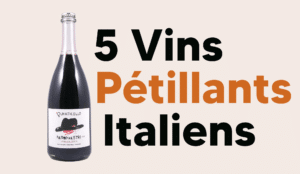
5 Vins Italiens Pétillants qu’il faut goûter !
Vous ne connaissez presque rien aux vins italiens ? Mais vous savez que nos voisins se débrouillent lorsque l’on parle bulle. Voici 5 vins italiens pétillants à découvrir pour ne pas mourir bête !

Vous ne connaissez presque rien aux vins italiens ? Mais vous savez que nos voisins se débrouillent lorsque l’on parle bulle. Voici 5 vins italiens pétillants à découvrir pour ne pas mourir bête !

Vous cherchez une newsletter sur le vin ? Pour vous tenir au courant de ce qu’il se passe dans le monde du pinard ? Perfectionner vos connaissances ? Ou alors dénicher la dernière pépite à déguster ? Après nos meilleurs podcasts sur le vin, voici 5 newsletters que l’on vous…
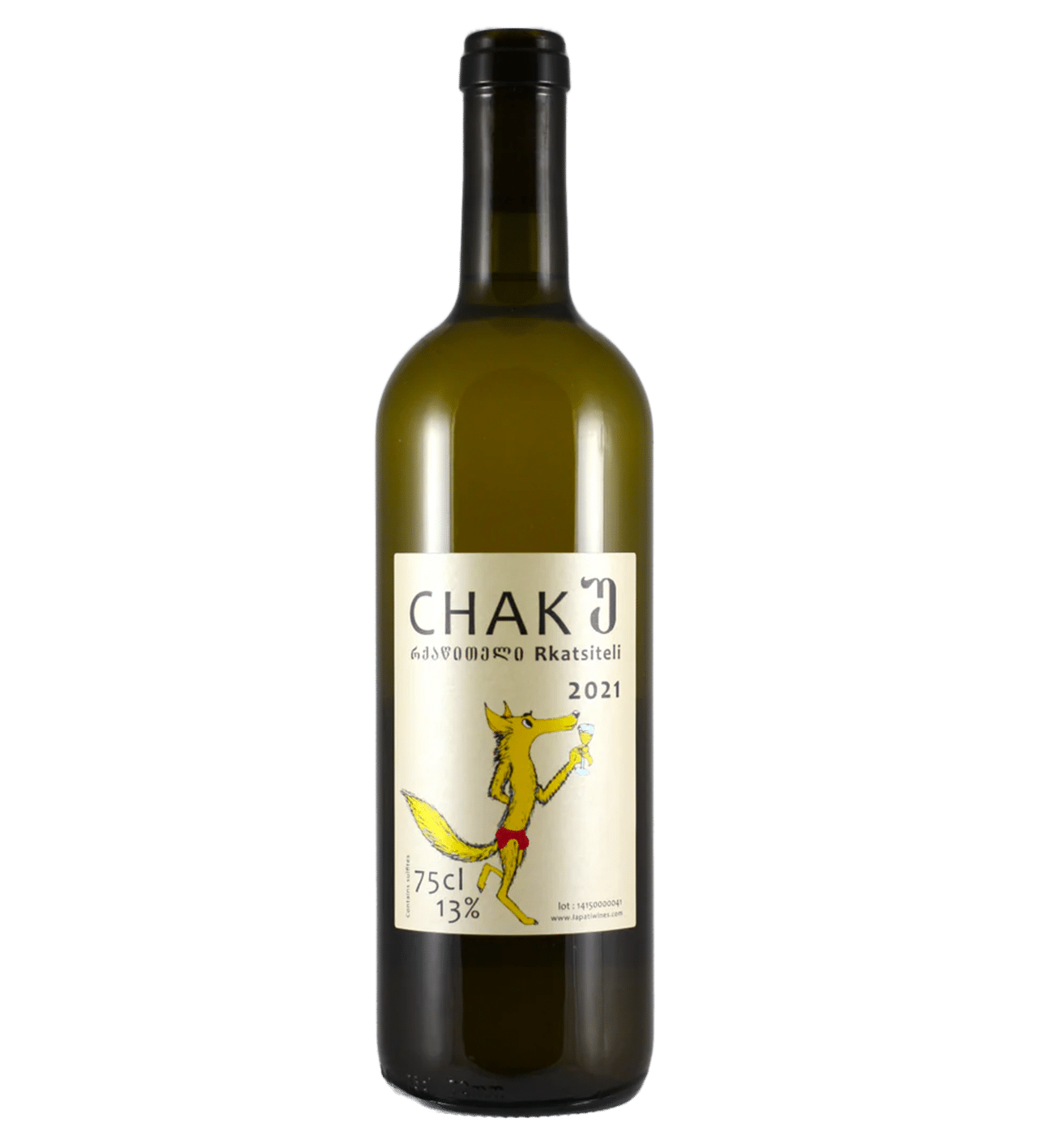
"Un Rkatsiteli pas comme les autres !"
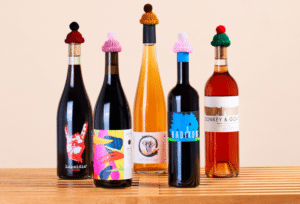
Le Vin Naturel c’est quoi ? Comment est-il fait ? Comment reconnaitre un vin nature ? Pourquoi fait-il débat ? Dans le pire comme dans le meilleur, le vin nature exacerbe les passions, le goût, l’énergie transmise et la liberté d’action des vignerons. On vous explique tout !

Vous cherchez une newsletter sur le vin ? Pour vous tenir au courant de ce qu’il se passe dans le monde du pinard ? Perfectionner vos connaissances ? Ou alors dénicher la dernière pépite à déguster ? Après nos meilleurs podcasts sur le vin, voici 5 newsletters que l’on vous…
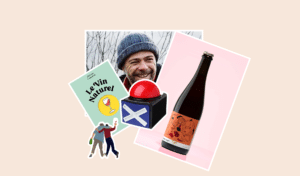
Tu ne sais pas si t’es un.e vrai.e geek du vin nature ? Ou un.e simple bobo qui aime bien se la raconter ? Viens tester tes connaissances sur 30 questions en toute détente ! Voici notre quiz du vin naturel :
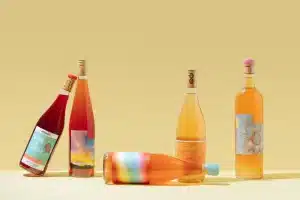
Tendance surtout dans les bars, caves et restaurants où l’on peut voir écrit fièrement « vins naturels » à l’entrée. Une couleur et un goût pouvant surprendre les néophytes, intriguer les plus curieux, ou bien déranger les plus conservateurs attachés aux appellations. Depuis quelques années, le vin orange monopolise une…

Souvent moins chers, plus festifs et moins cérémonials que les champagnes, un Pétillant Naturel dit « Pet nat », avec l’émergence du mouvement des vins naturels, se glissent de plus en plus sur les étagères des cavistes, les tables des restaurants et les salons des amis. Afin de briller en…
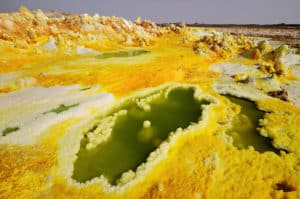
Les sulfites dans le vin semblent être l’antéchrist des amateurs de vin nature. Alors qu’avant, c’était la chaptalisation qui était pointée du doigt, aujourd’hui c’est clairement l’utilisation de soufre qui fait débat dans le monde du vin. Mais savez-vous de quoi s’agit-il vraiment ? Quels sont les Dangers ? Existe-t-il…